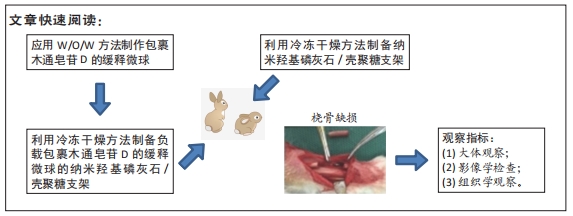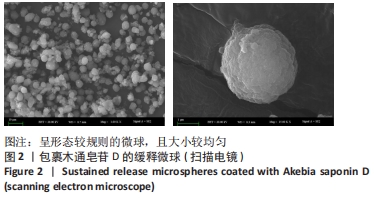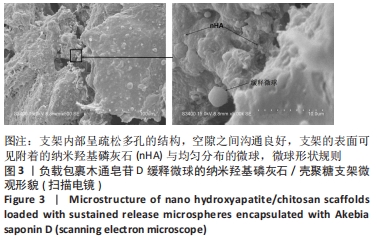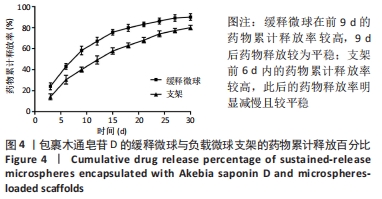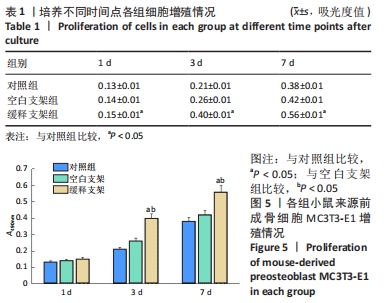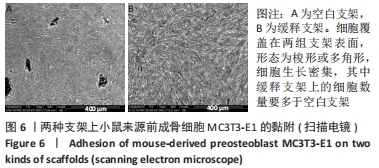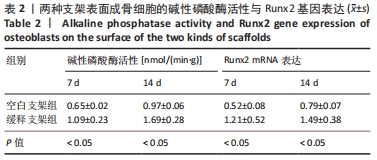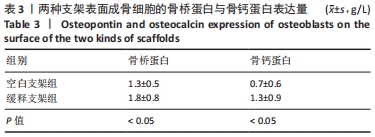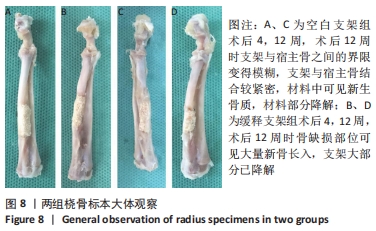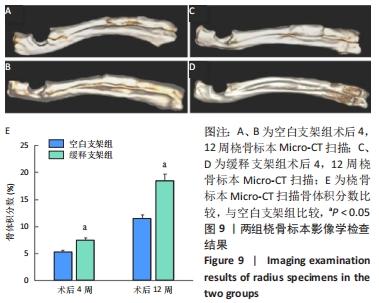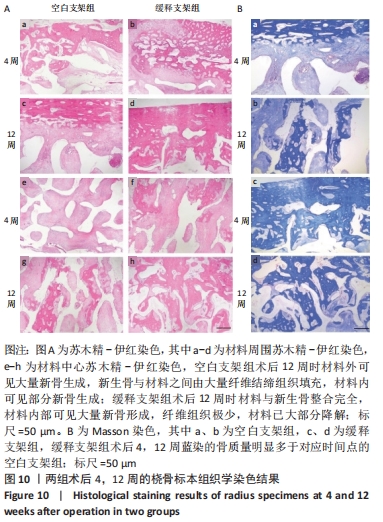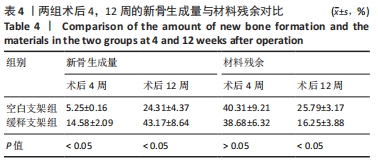[1] ZEKRY KM, YAMAMOTO N, HAYASHI K, et al. Reconstruction of intercalary bone defect after resection of malignant bone tumor. J Orthop Surg (Hong Kong). 2019;27(1):2309499019832970.
[2] BALDWIN P, LI DJ, AUSTON DA, et al. Autograft, Allograft, and Bone Graft Substitutes: Clinical Evidence and Indications for Use in the Setting of Orthopaedic Trauma Surgery. J Orthop Trauma. 2019;33(4):203-213.
[3] LI Y, YANG Y, HUANG Z, et al. Bone defect reconstruction with autologous bone inactivated with liquid nitrogen after resection of primary limb malignant tumors: An observational study. Medicine (Baltimore). 2020;99(24):e20442.
[4] LANGER R, VACANTI J. Advances in tissue engineering. J Pediatr Surg. 2016;51(1):8-12.
[5] PERIĆ KAČAREVIĆ Ž, RIDER P, ALKILDANI S, et al. An introduction to bone tissue engineering. Int J Artif Organs. 2020;43(2):69-86.
[6] MCGOVERN JA, GRIFFIN M, HUTMACHER DW. Animal models for bone tissue engineering and modelling disease. Dis Model Mech. 2018; 11(4):dmm033084.
[7] BYAMBAA B, ANNABI N, YUE K, et al. Bioprinted Osteogenic and Vasculogenic Patterns for Engineering 3D Bone Tissue. Adv Healthc Mater. 2017;6(16). doi: 10.1002/adhm.201700015.
[8] 王德欣,许战武,裴国献.骨髓间充质干细胞在淫羊藿苷/羟基磷灰石/聚乳酸-羟基乙酸共聚物支架上的成骨[J].中国组织工程研究,2020,24(25):3974-3980.
[9] 宁钰,秦文,任亚辉,等.载淫羊藿苷/凹凸棒石/Ⅰ型胶原/聚己内酯复合支架修复兔胫骨缺损的实验研究[J].中国修复重建外科杂志,2019,33(9):1181-1189.
[10] DENG Z, CHEN J, LIN B, et al. A novel 3D printed bioactive scaffolds with enhanced osteogenic inspired by ancient Chinese medicine HYSA for bone repair. Exp Cell Res. 2020;394(2):112139.
[11] 谢瑾玉,邓晓红,孙贤俊,等.续断水提液诱导HeLa细胞的凋亡[J].中成药,2017,39(12):2595-2599.
[12] WANG Y, SHEN J, YANG X, et al. Akebia saponin D reverses corticosterone hypersecretion in an Alzheimer’s disease rat model. Biomed Pharmacother. 2018;107:219-225.
[13] YU X, WANG LN, MA L, et al. Akebia saponin D attenuates ibotenic acid-induced cognitive deficits and pro-apoptotic response in rats: involvement of MAPK signal pathway. Pharmacol Biochem Behav. 2012; 101(3):479-486.
[14] LI C, LIU Z, TIAN J, et al. Protective roles of Asperosaponin VI, a triterpene saponin isolated from Dipsacus asper Wall on acute myocardial infarction in rats. Eur J Pharmacol. 2010;627(1-3):235-241.
[15] 田欢,赵锋,李晔,等.川续断皂苷Ⅵ的研究进展[J].中国实验方剂学杂志,2018,24(5): 226-234.
[16] 张志达,沈耿杨,任辉,等.木通皂苷D促进糖皮质激素环境下小鼠骨髓间充质干细胞成骨分化[J].中国骨质疏松杂志,2020,26(4): 529-533.
[17] 陈佩佩,王旭霞,王媛,等.川续断皂苷VI对大鼠正畸牙周组织改建影响的研究[J].口腔医学,2018,38(5): 410-416
[18] 郝贵周,杜丽平,周苗苗,等.不同盐型对加兰他敏缓释微球性能影响的初步考察[J].中国医药工业杂志,2020,51(8):1017-1023.
[19] 荆玲,范炎峰,邹梦梦,等.延胡索乙素聚乳酸纳米粒的制备及其体内药动学研究[J].中成药,2021,43(3):579-584.
[20] 温玉莹,钟燕南,梁佳欣,等.红景天苷-胶原蛋白海绵支架的构建及其对大鼠皮肤创伤的修复作用[J].广西医学,2020,42(13): 1669-1673.
[21] 魏松乔,郭澍,佟爽,等.脂肪干细胞-丝素/壳聚糖支架复合物在外泌体诱导下的体外成骨效应[J].中国医科大学学报,2019,48(10): 891-895.
[22] 郭小双,蒋海越,宋国栋,等.双相生物钙磷陶瓷生物相容性及异位骨诱导的实验研究[J].中华整形外科杂志,2021,37(1):94-102.
[23] 孙仁凇,张建斌,房佳霓,等.壳聚糖纳米粒作为药物递送系统在癌症治疗中的应用[J].中国临床药理学与治疗学,2021,26(1):65-75.
[24] PREETHI SOUNDARYA S, HARITHA MENON A, VIJI CHANDRAN S, et al. Bone tissue engineering: Scaffold preparation using chitosan and other biomaterials with different design and fabrication techniques. Int J Biol Macromol. 2018;119:1228-1239.
[25] CUI ZK, KIM S, BALJON JJ, et al. Microporous methacrylated glycol chitosan-montmorillonite nanocomposite hydrogel for bone tissue engineering. Nat Commun. 2019;10(1):3523.
[26] DEMIRTAŞ TT, IRMAK G, GÜMÜŞDERELIOĞLU M. A bioprintable form of chitosan hydrogel for bone tissue engineering. Biofabrication. 2017; 9(3):035003.
[27] LAVANYA K, CHANDRAN SV, BALAGANGADHARAN K, et al. Temperature- and pH-responsive chitosan-based injectable hydrogels for bone tissue engineering. Mater Sci Eng C Mater Biol Appl. 2020;111:110862.
[28] PENG XY, HU M, LIAO F, et al. La-Doped mesoporous calcium silicate/chitosan scaffolds for bone tissue engineering. Biomater Sci. 2019;7(4): 1565-1573.
[29] 梁志豪.纳米羟基磷灰石-壳聚糖支架复合外周血间充质干细胞修复大鼠胫骨缺损的实验研究[D].广州:南方医科大学,2017.
[30] MOHAMMED EEA, BEHEREI HH, EL-ZAWAHRY M, et al. Combination of Human Amniotic Fluid Derived-Mesenchymal Stem Cells and Nano-hydroxyapatite Scaffold Enhances Bone Regeneration. Open Access Maced J Med Sci. 2019;7(17):2739-2750.
[31] HE Y, DONG Y, CUI F, et al. Ectopic osteogenesis and scaffold biodegradation of nano-hydroxyapatite-chitosan in a rat model. PLoS One. 2015;10(8):e0135366.
[32] PUCKERT C, TOMASKOVIC-CROOK E, GAMBHIR S, et al. Molecular interactions and forces of adhesion between single human neural stem cells and gelatin methacrylate hydrogels of varying stiffness. Acta Biomater. 2020;106:156-169.
[33] 崔学文,陆浩,吕德民,等.SHH修饰聚多巴胺涂层纤维蛋白支架对大鼠神经干细胞的影响[J].神经解剖学杂志,2020,36(1):15-22.
[34] 刘艺萍,王珏,田子璐,等.支架微观形貌和力学性能对管状牙本质再生的影响[J].华西口腔医学杂志,2020,38(3):314-318.
[35] ZHAO MD, HUANG JS, ZHANG XC, et al. Construction of Radial Defect Models in Rabbits to Determine the Critical Size Defects. PLoS One. 2016;11(1):e0146301.
[36] GEIGER F, LORENZ H, XU W, et al. VEGF producing bone marrow stromal cells (BMSC) enhance vascularization and resorption of a natural coral bone substitute. Bone. 2007;41:516-522.
[37] BECK A, WOODS S, LANSDOWNE JL, et al. The effects of multiple highresolution peripheral quantitative computed tomography scans on bone healing in a rabbit radial bone defect model. Bone. 2013;56:312-319.
|
